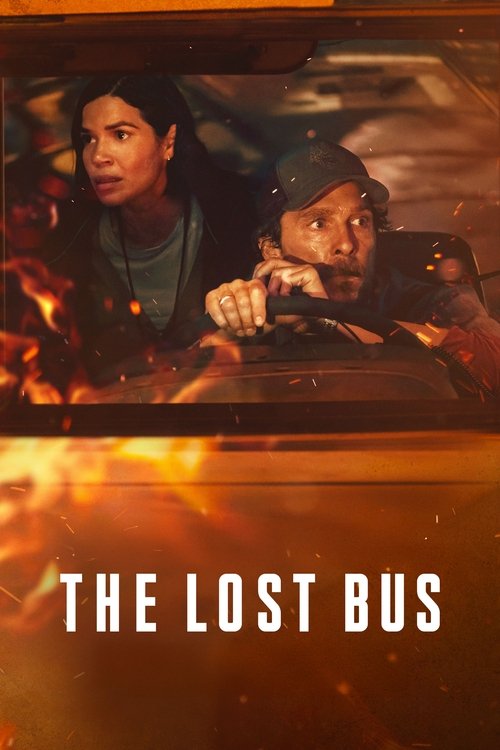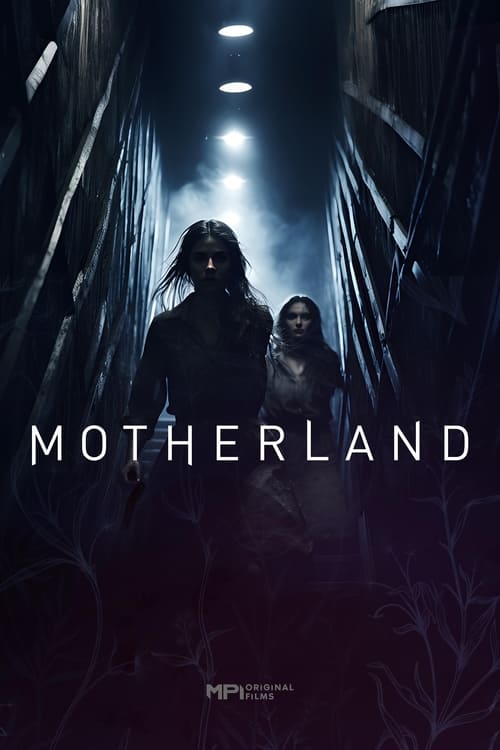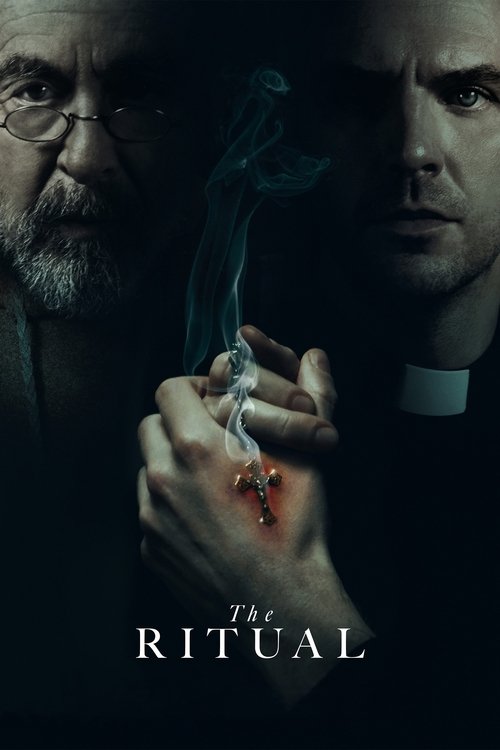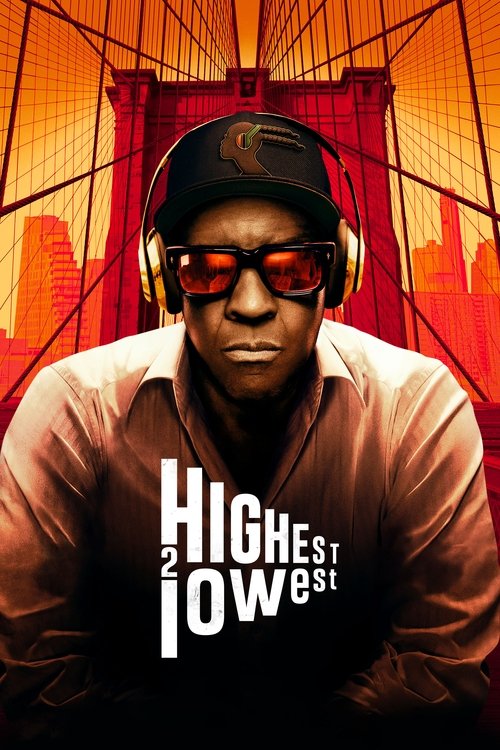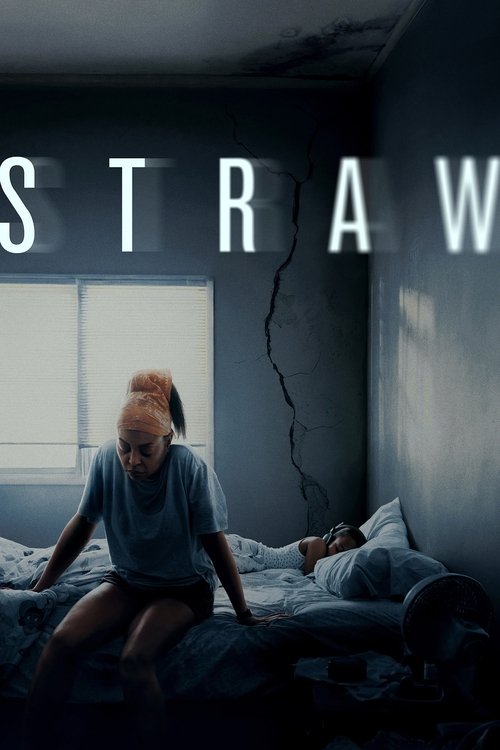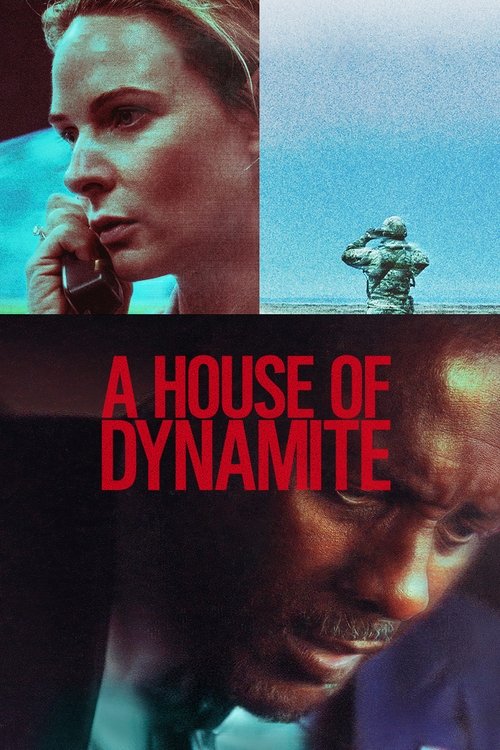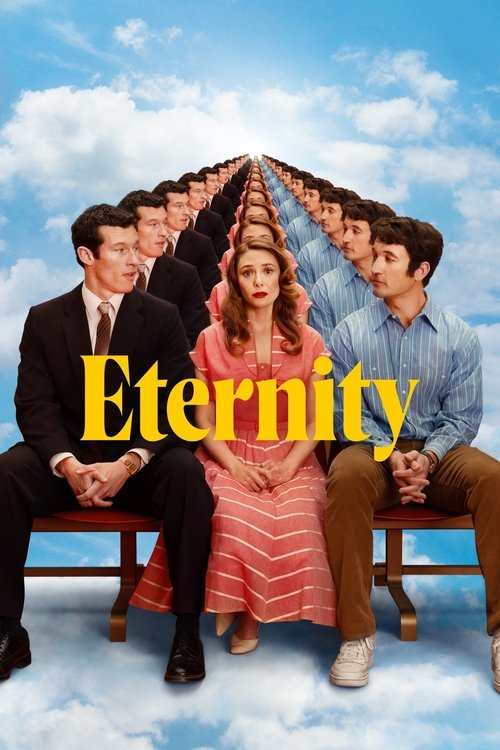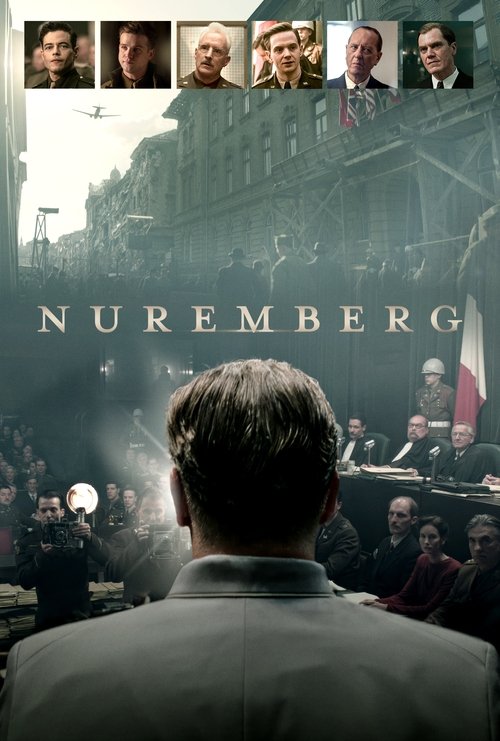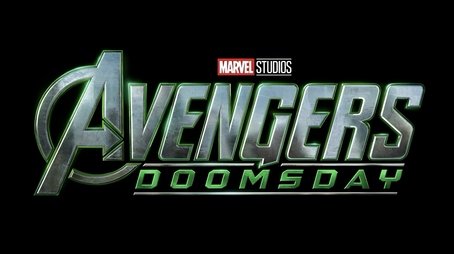
Ask Your Own Question
What is the plot?
Rebecca Cantor opens a leather-bound journal in her dormitory at Brangwyn School and writes down the private scenes of her life. She is sixteen, and two years earlier her father, a poet, cuts his wrists and dies; afterward her mother places her at Brangwyn hoping that the boarding school will remove Rebecca from the memory of that night. Rebecca sleeps in a narrow room with Lucy Blake, the girl who becomes her closest friend and roommate. For a time Lucy restores some ease to Rebecca's days; they study together, gossip in the shower rooms, and share confidences late into the night.
A dark-haired girl named Ernessa Bloch arrives the following year. She walks into the school with an odd, immediate claim on attention; Lucy gravitates toward her and begins to spend all her hours in Ernessa's company. Rebecca grows anxious when Lucy shrugs off her concerns and insists she is jealous. Rebecca follows them once and sees one of the other students, Charley, smash a chair through a window in a drug-fueled tantrum after taking pills that were passed around at a party where Ernessa is present; the school expels Charley the next day. Rebecca and a friend named Dora creep past Ernessa's door at night because they are curious. When they peer into the room they find it empty but filled with a cloud of moths; later that night Dora climbs onto the roof outside Ernessa's window and falls to the ground, breaking her neck and dying on impact.
Tension tightens after the school discovers the body of a teacher--one who had been stern with Ernessa--cut down in the woods. The headmistress announces the discovery and the school buzzes, but no one can explain how the teacher was killed; Rebecca sees the teacher's corpse being carried past the infirmary and begins to suspect Ernessa in a way she cannot yet prove. Rebecca notices other strange things: Ernessa walking through a closed window in a corridor, lingering at the heavy doors of a forbidden basement, and behaving like someone who claims private rites within the boarding house. In class Rebecca opens the novella on the desk and reads Carmilla; it strikes her with a familiarity she cannot shake.
As Ernessa consolidates her hold on Lucy, Rebecca loses her friend. Lucy begins to withdraw, talks in new cadences, and refuses to listen when Rebecca accuses Ernessa of doing something to her. The change in Lucy culminates when Rebecca one night looks into Lucy's room and finds Lucy lying naked in bed beside Ernessa, crying out in a sound Rebecca cannot place as either pleasure or pain. Lucy later refuses food and weakens until the school nurses hospitalize her. Only Rebecca insists that Ernessa is the cause. The hospital report states that Lucy's body is failing because she will not eat; Lucy stays pale and listless despite the doctors' efforts.
A new English teacher, Mr. Davies, appears at Brangwyn and becomes the one adult Rebecca can turn to. He admires Rebecca's father's poetry and shares Romantic literature with her; in those conversations he tells Rebecca that a vampire need not drink blood, but can "drain the life" from a person. The two grow close: they share ideas and he shows romantic interest, and one afternoon they kiss, but Rebecca pulls away, unable to surrender to that intimacy. When Lucy collapses into a stupor Rebecca keeps going to the hospital. She wakes one night to find Lucy missing, and runs outside to see Lucy and Ernessa hiking up into the air as if buoyed by a current; Rebecca watches them rise and then, right before her eyes, both girls transform into a swirling cloud of moths and vanish. The nurses pronounce Lucy dead. Rebecca returns to the school in a fury and dread.
Ernessa increases her campaign of menace. She confronts Rebecca in the library and produces a razor blade, discussing the pleasure of death and taunting Rebecca about her father's suicide. Ernessa sings a nursery rhyme--"The Juniper Tree"--and then takes the blade and cuts her own wrists, letting blood rain on the books and across Rebecca's hands. When the blood and Ernessa both disappear, Rebecca holds the blade and believes she has been manipulated into a position of complicity.
Driven to learn the truth, Rebecca steals the key ring and unlocks the heavy basement door that every student has been warned not to enter. She descends into a damp cellar and discovers an old trunk labeled with Ernessa's name. Inside she finds soil, an antique diary with entries dated 1907, and a small bundle that smells of old linen. The diary contains Ernessa's account of arriving at Brangwyn, previously a coastal hotel, after her own father kills himself by slitting his wrists. Ernessa writes that grief consumes her and that she takes her own life in a bath by cutting her wrists. Reading the dated entries, Rebecca realizes that Ernessa returns across generations, preying on grief and leading girls to fast decline. Rebecca understands that Ernessa's intent is not friendship but the destruction of other girls' lives, and that Lucy was one of Ernessa's victims who has already been taken.
Mr. Davies' earlier words come back to Rebecca: this is not about blood but about emptying a person's life. Rebecca finds in the trunk a small placard and the same razor blade Ernessa used earlier. She carries the trunk and the diary upstairs, pours kerosene liberally over the leather and paper, and sets them alight inside the locked basement. Ernessa is sleeping in the trunk when Rebecca tosses the match; the trunk erupts in flames. Ernessa bolts up, howls, collapses back into the blaze, and the heat and smoke fill the cellar. School staff flood the basement with water; fire engines arrive and haul hoses across the quad. Rebecca, coughing, staggers outside as uniformed firefighters drag charred objects out of the ruins of the trunk. In the smoke she sees a last figure step out of the building and walk away toward the low morning sun; the figure turns and dissolves into nothing as light hits it. The firefighters and headmistress question Rebecca, but she drops the razor blade out of the window and walks away, certain that the threat that haunted her friends has left the school.
Meanwhile, in a different town, Tommy returns to the Sandlot with a determination to shape his old gang into a tournament team. As a boy he has worked to instill skill and teamwork into the ragtag group of players who treat the Sandlot as their refuge. He tells them plainly that if they want to compete they need equipment: bats, balls, a new glove for Wings--whose name on the roster is Ryan--and pads for D.P. The boys are restless one night and decide to raid the abandoned Mertle house, which locals say contains forgotten baseball gear and other relics of their predecessors. The house is decayed and full of secrets. They push open a hidden door and find a cap covering a hole in the wall; Tommy reaches inside and extracts a white baseball set on a small pedestal. He reads the scrawl of autographs and realizes the ball is signed by the players of the 1963 Los Angeles Dodgers World Series team.
When Tommy removes the ball, the pedestal triggers a trap. Hidden contraptions whir into motion: a stash of bats and gloves fall from above like a hail of old hardware, and a long-dormant pitching machine spools to life and fires baseballs across the ruined living room. The children duck and scramble as leather and wood slam around them; they sprint for the door and tumble into the yard. Tommy grabs the Dodgers ball before they flee and hides it under his jacket.
The next morning the gang assembles at Tommy's house carrying the gear they have retrieved, and Tommy shows them the signed ball. They decide together to keep it as a lucky charm, convinced that Mr. Mertle's spirit has guided them to it. That same day, Benny Rodriguez--once a kid in this neighborhood and now on the Dodgers' roster but sidelined with a knee injury--arrives at the Sandlot to help. He coaches the boys on fielding and batting, and he takes a particular interest in Tommy. Benny notices Tommy's abruptness when they first met, then remarks that the boy seems to have softened, learned the small humane things that matter in a team.
The Sandlot enters the All-Valley Little League Tournament and fights through rounds until they reach the championship game. Their opponents are the team backed by Earl Needman, a local real estate developer who wants the Sandlot property to build condominiums. City council meetings have stagnated: the vote on whether to preserve the Sandlot or allow Needman to develop it ends in deadlock repeatedly. Needman concocts a solution. He challenges Squints, the Sandlot's sponsor and a store owner who serves as the baseball commissioner: he promises that if his sponsored team defeats the Sandlot in the championship game, his company will get to build on the Sandlot site; if the Sandlot wins, the field will remain untouched. Squints accepts, but on condition that the match takes place on the Sandlot itself. The city council approves the wager and schedules the game for Independence Day.
Needman sees that Tommy is the pivotal player and approaches Tommy and his mother, Sara, at Needman's house. Needman flatters Tommy with the future: if Tommy joins Needman's team he will be noticed by the St. Agnus Preparatory School coach who scouts talent and can catapult Tommy into a pro career. Remembering that in another life he once won a championship playing for Needman's team and that the St. Agnus coach previously recruited him in that match, Tommy agrees to join Needman's side; he tells himself he must secure a stable future, especially as his mother is dying of illness and needs him at her side.
At a council meeting later that night, Needman lays out his wager before the town and secures the match. Tommy goes home and rehearses a speech he intends to give to his old friends to explain his decision: he must protect his future and cannot risk everything for the Sandlot. Ryan--who has not spoken since his father's death four years earlier--suddenly interrupts Tommy as he practices and says bluntly that perhaps Tommy should be quiet. He gets on his bicycle and begins to ride off. Tommy follows, asking Ryan why he said that. Ryan tells him that Tommy taught them about the mechanics of baseball but then walked away; Ryan says the boys looked to Tommy not for trophies but for friendship, and that Tommy's leaving betrays what they taught him about love for the game and for one another. Tommy insists he has no choice, but Ryan answers that he does: he can choose his friends.
The next morning Squints prepares the field for the championship. Benny drops by to lend support. Tommy hides nearby and hears the boys talking about the Sandlot and the way they cherish their games more than the prospect of a major-league career. Danny, a teammate, tells Squints he values the Sandlot more than stardom. The conversation gnaws at Tommy and when he returns home his mother Sara begs him to go play, saying she is grateful for him and that "good things happen to good people." Her insistence convinces Tommy; he promises to be back as soon as the game ends.
Before the championship begins, the St. Agnus coach, Bill, arrives to scout the field. Needman parades Tommy as a star and orders him onto his team's fielding positions. The Sandlot boys curse Tommy for betraying them and fear that without him they cannot win. Ryan, finding a voice, stands and addresses the team. He says that Tommy taught them skills but that if they give up now they will lose the Sandlot forever. He implores them to show Tommy what he failed to learn from them: how to play for love. Benny rallies the boys and they decide to reaccept Tommy when he steps over to them and apologizes. In front of Needman and the coach, Tommy removes Needman's jersey and throws it at Needman, announcing he will play with his real friends rather than join Needman's scheme.
The game reaches a tense bottom of the ninth with the Sandlot leading 5–4. Needman's team threatens to score the tying runs. Tommy retrieves the old Dodgers ball and tells his teammates they will use it as their lucky ball for the inning. The opposing team strikes out two batters, and then Needman's son, E.J., steps up. E.J. drives a ball that appears destined to sail over the outfield wall for a home run; Tommy, positioned in the outfield, runs, times his jump, and snatches the ball just above the fence. The catch ends the game with the Sandlot champions triumphant. Bill tells Needman that Tommy is an all-star, but Tommy tells his teammates that winning here with them is the best game of his life and that he must hurry to his mother. He gives the Dodgers ball to Ryan as a memento and, after shaking hands with Bill, he sprints toward his house.
Tommy bursts into his mother's bedroom and tells her about the win. She smiles and says he always makes her proud. Outside the window a tapping begins; Tommy opens it and sees Ryan below. Ryan holds out the Dodgers ball and tells Tommy it belongs to him, then tosses it up. Fireworks explode across the sky in celebration of Independence Day. In the glare of light Tommy loses sight of the ball; it arcs down behind the flashes, strikes him in the head, and knocks him out cold.
Paramedics carry Tommy to a hospital and he lies under fluorescent lights in a present-day ward. He wakes dazed to see the face of his old Sandlot teammate Q at the foot of his bed--Q is now a doctor. Q shouts that Tommy is awake, and a line of friends and family gathers in the corridor. Benny enters the room; he is older, having become manager of the Los Angeles Dodgers in both histories, but he wears a softer look. In conversation Benny informs Tommy that the choices he made have altered his life, but for the better. Tommy learns he did not abandon those who loved him; instead he remained with the Dodgers throughout his career, turned down offers that would have taken him away, and served as a beloved captain and teammate. Judy, the girlfriend Tommy once left behind in the other timeline, appears at the bedside and reveals they married; they have two children who step into the room and embrace Tommy. Ryan arrives as an adult and hands Tommy back the signed 1963 ball; he now hosts his own sports radio show. One by one the older versions of the Sandlot boys come by to greet him, showing that friendships endured. Tommy's thoughts return to his mother, and he hears himself repeat the line she told him in her bedroom: "Good things happen to good people."
Back at Brangwyn, the authorities and the school administration investigate the basement fire and the death of the teacher. They question Rebecca in a gray conference room and observe the singed pages she produced from the trunk; Rebecca tells them what she found in the diary and how Ernessa had killed herself in the past by slicing her wrists in a bath. She explains how Lucy and the other girls fell under Ernessa's influence and how she lit the trunk to stop the pattern. The teachers express skepticism but also unease. Rebecca walks the campus and at dusk sees the place where the figure walked away toward the sun; she stands near the flagpole and drops the razor blade out of her diary, then walks down the gravel lane toward the dormitories.
The film's final moments return to Tommy in the hospital where Danny--older now--gives an on-camera statement to a sports documentary about Tommy's career. Danny says that Tommy had an outstanding tenure with the Dodgers and that he refused big-money offers so he could remain with the team he loved. Danny adds that although Tommy achieved fame the most important thing he ever did was save the Sandlot; the field still exists because of the choice Tommy made that night. The camera cuts to Tommy sitting quietly in his hospital bed, his children leaning against him, the old Dodgers ball on the bedside table, and his friends standing along the wall. Outside, a faint echo of moths flutters across the light from a nurse's window at the end of the hall; Rebecca's last motion is to walk away from the window at Brangwyn as she steps back inside and closes her journal. The final frame shows Tommy smiling as the screen fades to white.
What is the ending?
The ending of The Fire and the Moth (2025) culminates with Saba, the smuggler, narrowly escaping the relentless grasp of corrupt police and mercenaries while safeguarding the priceless Bronze Head. Despite the chaos and losses along the way, Saba manages to preserve the artifact, but his journey leaves a trail of death and betrayal. The ending leaves a haunting impression of the destructive power of greed and corruption surrounding the bronze head.
Expanded chronological narration of the ending:
The climax unfolds as Saba, wounded but resolute, tries to elude the corrupt cops led by Opa Stephens and the merciless contractor hired by Francois, the French buyer obsessed with reclaiming the Bronze Head. We witness Saba move stealthily through a small western Nigerian town, his every step weighed down by desperation and determination.
Saba first hides inside a local house, threatening Abike, the resident, to comply with his needs. Abike, aware of the danger yet fascinated by the riches threatened by the Bronze Head, lies to her sister and to Opa Stephens when the corrupt cops arrive searching for Saba. This act of concealment momentarily shields Saba, showcasing Abike's conflicted nature, torn between self-preservation and ambition.
However, mistrust soon embroils the characters further. Francois, frustrated by the slow progress and sensing betrayal, enlists a brutal mercenary to retrieve the head by any means. This escalation leads to more violence and pursuit, compounding the turmoil.
As the chase intensifies, Saba maintains possession of the Bronze Head, risking everything to pay for his ailing father's surgery. The battle is not just physical but moral; the artifact symbolizes a cycle of greed, selfishness, and power struggles. In the final scenes, amidst gunfire and chaos, Saba manages to survive and keeps the head away from corrupt forces.
The film closes with a quiet, unsettling ambiance, as the significance of the Bronze Head extends beyond material value--representing doom and devastation that swirl around those who seek it. The finale refrains from explosive resolutions but leaves the viewer lingering on the cost of desire and the relentless corruption that pervades the characters' lives.
Who dies?
Yes, several characters die in The Fire and the Moth (2025), primarily as a result of violence linked to the smuggling of the priceless Bronze Head and the ensuing betrayals and conflicts.
-
Two companions of Saba: At the very beginning, when Saba (the smuggler) obtains the Bronze Head, local police led by the corrupt Opa Stephens ambush them. The police kill Saba's two companions in a shootout while also shooting Saba, who manages to escape with the artifact.
-
Various victims of violence and betrayal: The film depicts a relentless cycle of death caused by greed and power struggles over the Bronze Head. Characters who seek the artifact for personal gain, including corrupt police and mercenaries hired by Mr. Francois (a Frenchman desiring the artifact), contribute to multiple deaths throughout the story.
-
The man engulfed in flames: The film opens with a graphic scene of a man on fire, symbolizing the chaos and death that the artifact incites. This scene foreshadows the violent fate awaiting some characters, though the identity and full circumstances of this man's death are not detailed explicitly in the sources.
The deaths occur mostly early and throughout the film as part of the violent chase and betrayals surrounding the smuggling operation. The corrupt police kill Saba's companions immediately after the heist, and other deaths follow as various parties vie for control of the Bronze Head. The violence is driven by greed, corruption, and desperation, with Saba himself wounded but surviving to continue his quest to sell the artifact to fund his father's surgery.
Is there a post-credit scene?
The movie The Fire and The Moth (2025) does not have a traditional post-credit scene. The film concludes with the death of Opa Stevens, the corrupt police officer, at the hands of a Belgian assassin who was hired by Francois. This final sequence serves as the climax and resolution of the main conflict, with no additional scenes shown after the credits roll.
The ending is intense and final: Opa is killed inside Abike's house after trying to save his daughter from the assassin's threat. This scene wraps up the narrative without hinting at further developments or teasing a sequel. None of the available detailed recaps or reviews mention any post-credit scene or extra footage following the credits.
What motivates the main characters in The Fire And The Moth (2025) regarding the Bronze Head?
The main characters are driven by greed and personal desires related to the Bronze Head. Saba wants to keep it to pay for his dying father's surgery, Abike sees it as a chance to secure a better life in the United States, and Francois desires it for its priceless historical value and the power it symbolizes.
How does the relationship between Saba and Abike develop throughout the story?
Initially, Saba threatens Abike to comply when he hides in her house, but Abike quickly realizes the value of the Bronze Head and proposes a deal to help sell it for a cut. Their relationship evolves into a financially motivated, symbiotic partnership, balancing playfulness and stoicism.
What role does corruption play in the story of The Fire And The Moth?
Corruption is a significant theme, embodied by Opa Stephens, a morally corrupt police officer who kills Saba's companions and pursues the Bronze Head for his own gain. This corruption fuels the cycle of violence and chaos surrounding the artifact.
What kinds of conflicts arise as a result of the Bronze Head's theft?
The theft triggers a relentless cycle of violence, mistrust, and betrayal involving Saba, corrupt police, a merciless contractor hired by Francois, and others. These conflicts highlight themes of greed, power struggles, and lawlessness in a small Nigerian town.
How is the setting used to contrast the story's themes in The Fire And The Moth?
The film sets the violent and chaotic events against a serene, small western Nigerian town, creating a stark contrast that amplifies the impact of greed, corruption, and violence on a community that should be peaceful.
Is this family friendly?
The movie The Fire and The Moth (2025) is not family-friendly and contains content that may be upsetting or objectionable for children and sensitive viewers. It is a dark, morally complex crime thriller with themes of greed, betrayal, violence, and cultural erasure.
Potentially upsetting aspects include:
- Violence and killings: The film features ruthless assassins and multiple deaths, with scenes involving tension, danger, and moral collapse. Several characters die, and there is a presence of cold, merciless violence.
- Dark and intense themes: The story explores crime, corruption, and the consequences of morally ambiguous actions, which may be heavy or disturbing for younger audiences or those sensitive to such topics.
- Slow-burn tension and anxiety: The film builds a slow, simmering tension rather than relying on action-packed thrills, which may create a psychologically intense atmosphere.
- Moral complexity and bleak tone: The narrative deals with silence, fear, complicity, and quiet devastation, which can be emotionally challenging.
No explicit details or spoilers about the plot are revealed here, but the overall tone and content suggest it is best suited for mature audiences rather than children or those seeking light entertainment.














